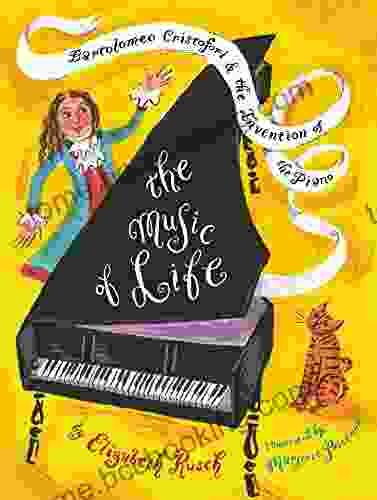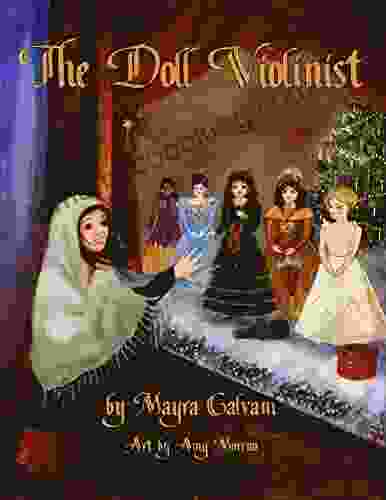Tracking Color In Cinema And Art

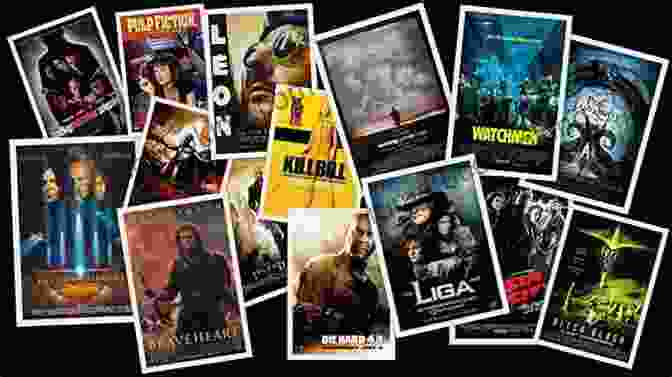
Prologue: Unveiling the Kaleidoscope
Color, an ethereal force that permeates the world, holds an extraordinary power to captivate our senses and stir our souls. It transcends the boundaries of language, transcending cultures and epochs to become a universal language of expression. In cinema and art, color takes on a transformative role, becoming a potent tool that shapes narrative, evokes emotions, and transcends time.
4 out of 5
| Language | : | English |
| File size | : | 9763 KB |
| Text-to-Speech | : | Enabled |
| Screen Reader | : | Supported |
| Enhanced typesetting | : | Enabled |
| Word Wise | : | Enabled |
| Print length | : | 392 pages |
From the earliest silent films to the vibrant masterpieces of the modern era, cinema has harnessed color to weave its magical spell. Through its ability to create striking visuals, convey emotional depth, and establish symbolic connections, color has become an indispensable element of cinematic language.
In the realm of art, color has been an object of fascination and experimentation for centuries. From the vibrant hues of Renaissance paintings to the bold abstractions of contemporary masterpieces, artists have employed color as an expressive force to convey their unique perspectives, evoke emotions, and create compelling visual experiences.
Chapter 1: The Narrative Power of Color
Color possesses an uncanny ability to shape and enhance the narrative arc of a film or artwork. A carefully chosen color palette can subtly influence the audience's perception of characters, establish mood and atmosphere, and foreshadow plot developments.
In cinema, color can serve as a powerful narrative tool. For instance, the use of warm colors, such as reds and oranges, can create a sense of intimacy, warmth, and excitement. Conversely, cool colors, such as blues and greens, can evoke a sense of calm, detachment, and mystery.
Similarly, in art, color can be used to convey specific themes or emotions. A painting dominated by shades of blue may evoke a sense of tranquility and serenity, while a fiery red artwork may convey passion, anger, or danger.
Chapter 2: Color as Emotional Catalyst
Color has a profound impact on our emotions, and filmmakers and artists have long recognized its ability to evoke a wide range of feelings. The skillful manipulation of color can create an emotional resonance that connects with the audience on a visceral level.
In film, color can be used to amplify emotional responses. A scene bathed in soft, warm light may evoke feelings of nostalgia and longing, while a scene saturated with cold, harsh lighting may create a sense of unease and dread.
Similarly, in art, color can trigger powerful emotional reactions. A painting featuring vibrant, cheerful colors may uplift the viewer, while a somber artwork dominated by dark, muted tones may evoke feelings of sadness or melancholy.
Chapter 3: The Symbolic Significance of Color
Throughout history, colors have been imbued with symbolic meanings that vary across cultures and contexts. These symbolic associations can be leveraged by filmmakers and artists to convey complex ideas and themes.
In cinema, color symbolism can be used to create subtle layers of meaning. For instance, the color red may symbolize love, passion, or danger, depending on the context. Similarly, the color green may represent nature, growth, or envy.
In art, color symbolism has been employed to convey religious, political, and social messages. For example, in medieval Christian art, the color blue was often associated with the Virgin Mary, while the color gold represented divine light.
Chapter 4: Color Grading and Color Correction: The Alchemist's Touch
In the realm of filmmaking, color grading and color correction are essential techniques used to enhance the visual impact of a film. Using specialized software, colorists adjust the color balance, contrast, and saturation to achieve a desired look and feel.
Color grading can be used to create a distinct visual style for a film. For instance, a film set in a dystopian future may utilize a desaturated color palette to create a sense of alienation and unease, while a romantic comedy may employ a vibrant and cheerful color scheme to evoke a sense of joy and optimism.
In art, similar techniques are used to enhance the visual appeal of paintings and other artworks. Digital tools and traditional methods, such as glazing and scumbling, are employed to adjust the color and tone of a work to achieve specific artistic effects.
Chapter 5: Color in Design: The Visual Symphony
Beyond cinema and art, color plays a crucial role in graphic design, web design, and other visual disciplines. Designers carefully select color palettes to create visually appealing and effective designs that convey specific messages and evoke desired emotions.
In graphic design, color can be used to create visual hierarchy, establish brand identity, and convey key information. For instance, a website may use a bright and contrasting color scheme to attract attention, while a brochure may employ a more subdued color palette to communicate a sense of professionalism and credibility.
Similarly, in web design, color plays a vital role in creating a user-friendly and visually appealing experience. Designers consider color combinations, accessibility, and cultural associations to ensure that websites are both aesthetically pleasing and functional.
Epilogue: Color as a Timeless Force
From the flickering images of early cinema to the vibrant canvases of modern art, color has been an enduring force that continues to shape and inspire creative expression. Its ability to evoke emotions, convey meaning, and create visual impact makes it an indispensable element of both cinema and art.
As technology continues to advance and artistic boundaries are pushed, the role of color in these disciplines will undoubtedly evolve. However, its fundamental power to captivate, inspire, and communicate will remain timeless, ensuring that it continues to play a vital role in the tapestry of human creativity for generations to come.
4 out of 5
| Language | : | English |
| File size | : | 9763 KB |
| Text-to-Speech | : | Enabled |
| Screen Reader | : | Supported |
| Enhanced typesetting | : | Enabled |
| Word Wise | : | Enabled |
| Print length | : | 392 pages |
Do you want to contribute by writing guest posts on this blog?
Please contact us and send us a resume of previous articles that you have written.
 Book
Book Novel
Novel Page
Page Chapter
Chapter Text
Text Story
Story Genre
Genre Reader
Reader Library
Library Paperback
Paperback E-book
E-book Magazine
Magazine Newspaper
Newspaper Paragraph
Paragraph Sentence
Sentence Bookmark
Bookmark Shelf
Shelf Glossary
Glossary Bibliography
Bibliography Foreword
Foreword Preface
Preface Synopsis
Synopsis Annotation
Annotation Footnote
Footnote Manuscript
Manuscript Scroll
Scroll Codex
Codex Tome
Tome Bestseller
Bestseller Classics
Classics Library card
Library card Narrative
Narrative Biography
Biography Autobiography
Autobiography Memoir
Memoir Reference
Reference Encyclopedia
Encyclopedia Eleanor Wint
Eleanor Wint Frank C Hawkins
Frank C Hawkins Elisa S Robyn
Elisa S Robyn Ediciones Puentesdeluz
Ediciones Puentesdeluz Ed Rice
Ed Rice Elton Michaels
Elton Michaels Stefanie Loh
Stefanie Loh Joe R Frinzi
Joe R Frinzi Edward Brody
Edward Brody Sandra Navidi
Sandra Navidi John Adoga
John Adoga Sharlene Healy
Sharlene Healy Elizabeth Winthrop
Elizabeth Winthrop Johanna Hurwitz
Johanna Hurwitz Elizabeth Kay
Elizabeth Kay Martin Bachmeier
Martin Bachmeier Elisabeth Tova Bailey
Elisabeth Tova Bailey Sarah Kowalski
Sarah Kowalski Elizabeth De Zulueta
Elizabeth De Zulueta Stephen Lavington
Stephen Lavington
Light bulbAdvertise smarter! Our strategic ad space ensures maximum exposure. Reserve your spot today!

 Pablo NerudaUnlock Your TOEFL iBT Success with Official TOEFL iBT Tests, Volume Fourth...
Pablo NerudaUnlock Your TOEFL iBT Success with Official TOEFL iBT Tests, Volume Fourth... Banana YoshimotoFollow ·15.5k
Banana YoshimotoFollow ·15.5k George Bernard ShawFollow ·18k
George Bernard ShawFollow ·18k Steven HayesFollow ·5.3k
Steven HayesFollow ·5.3k Corey HayesFollow ·3.1k
Corey HayesFollow ·3.1k Russell MitchellFollow ·15.3k
Russell MitchellFollow ·15.3k Daniel KnightFollow ·3.8k
Daniel KnightFollow ·3.8k Paul ReedFollow ·4.3k
Paul ReedFollow ·4.3k Robert HeinleinFollow ·4k
Robert HeinleinFollow ·4k
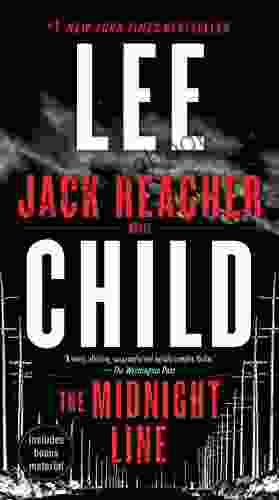
 Clarence Brooks
Clarence BrooksUncover the Secrets in the Dead of Night: Dive into Lee...
Step into the heart-stopping world of Jack...

 Clay Powell
Clay PowellAce the GMAT Grammar Section: Your Last-Minute...
The GMAT is a challenging...
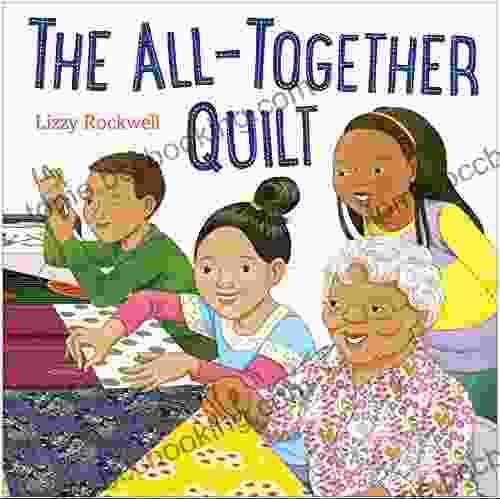
 Salman Rushdie
Salman RushdieEmbark on a Heartwarming Journey with "The All Together...
: Immerse yourself in the charming world of...
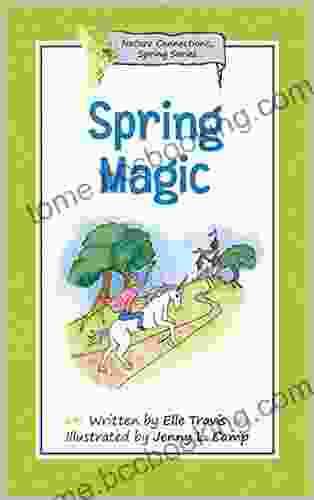
 Dawson Reed
Dawson ReedSpring Magic: Stunningly Illustrated Fun for Kids to...
Welcome to the Enchanting World of...
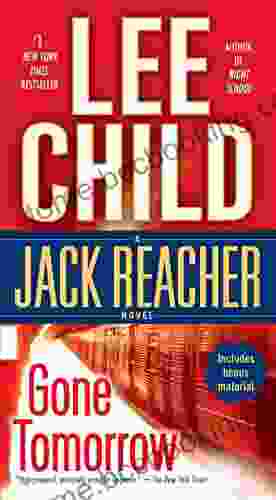
 Bradley Dixon
Bradley DixonGone Tomorrow: A Gripping Thriller by Lee Child that Will...
In the literary realm of thrillers, few...
4 out of 5
| Language | : | English |
| File size | : | 9763 KB |
| Text-to-Speech | : | Enabled |
| Screen Reader | : | Supported |
| Enhanced typesetting | : | Enabled |
| Word Wise | : | Enabled |
| Print length | : | 392 pages |


